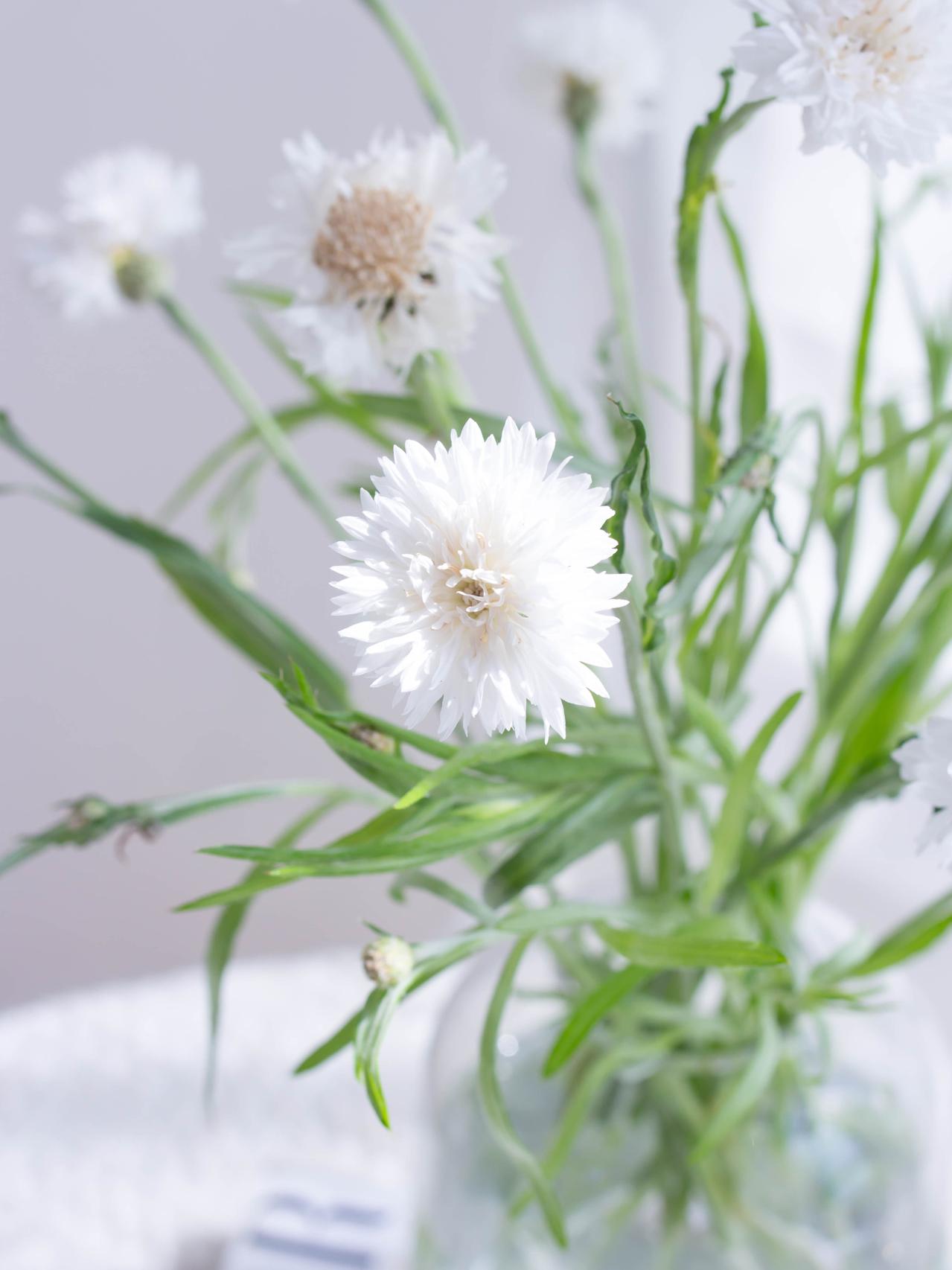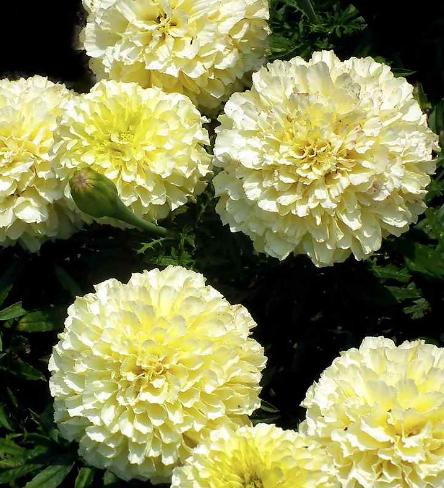Once upon a time, in the land of Australia, there lived a fascinating plant called Allocasuarina. This extraordinary plant had a remarkable ability to fix nitrogen in the soil, helping other plants thrive in nutrient-poor environments. Its unique needle-like leaves danced with the wind, creating a mesmerizing spectacle. Native wildlife, such as kangaroos and echidnas, took shelter under its protective branches. Allocasuarina became a symbol of resilience, adapting to harsh conditions and spreading its beauty across the land. Its legacy continues to remind us of the wonders of nature and the interconnectedness of all living beings.
Picture
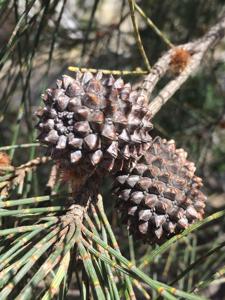
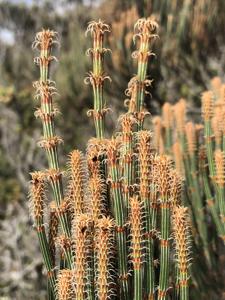
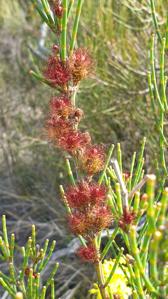
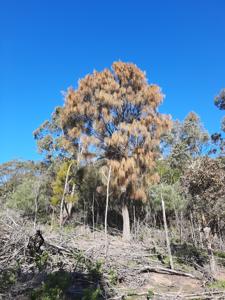
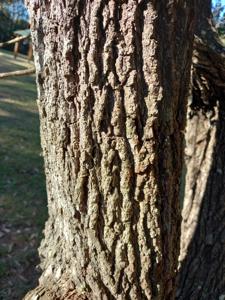
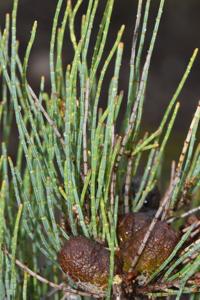
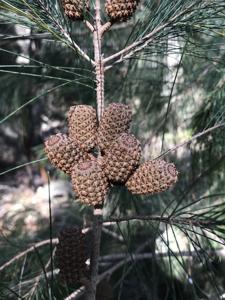
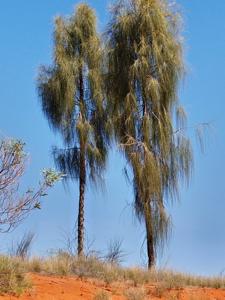
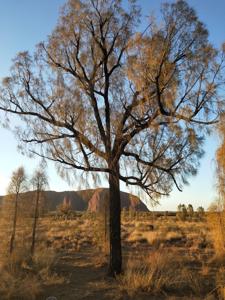
Plant some seeds now!
Short Description
Allocasuarina littoralis drawing (Edward Minchen)
Allocasuarina inophloia
Allocasuarina, commonly known as sheoak or she-oak, is a genus of flowering plants in the family Casuarinaceae and is endemic to Australia. Plants in the genus Allocasuarina are trees or shrubs with soft, pendulous, green branchlets, the leaves reduced to scale-like teeth. Allocasuarinas are either monoecious or dioecious, the flowers never bisexual. Male and female flowers are arranged in spikes, the female spikes developing into cone-like structures enclosing winged seeds.
The genera Allocasuarina and Casuarina are similar, and many formerly in the latter now included in Allocasuarina.
Description
Plants in the genus Allocasuarina are trees or shrubs with soft, pendulous, green branchlets, the leaves reduced to 4 to 14 scale-like teeth arranged around in whorls around ribbed, jointed branchlets. Allocasuarinas have separate male and female flowers, sometimes on one plant (monoecious), otherwise on separate male and female plants, (dioecious). Male flowers are arranged in spikes along branchlets that are usually different from the vegetative branchlets. Female flowers are in spikes on short side-branches, the female spikes later developing into cone-like structures enclosing winged seeds known as samaras.
The genera Allocasuarina and Casuarina are similar, many formerly in the latter now included in Allocasuarina. There are 6 to 20 scale-like teeth in each whorl of casuarina leaves and the samaras are grey or yellowish-brown, the bracteoles of the fruiting cones thin, woody and extend well beyond the cone body. There are 4 to 14 scale-like teeth in each whorl of Allocasuarina leaves and the samaras are reddish-brown to black, the bracteoles thickly woody and extend only slightly beyond the cone body.


